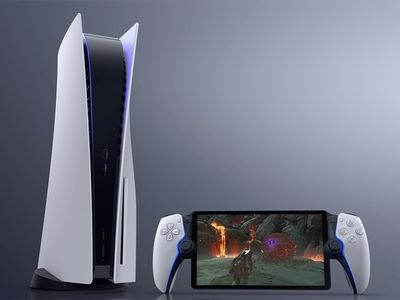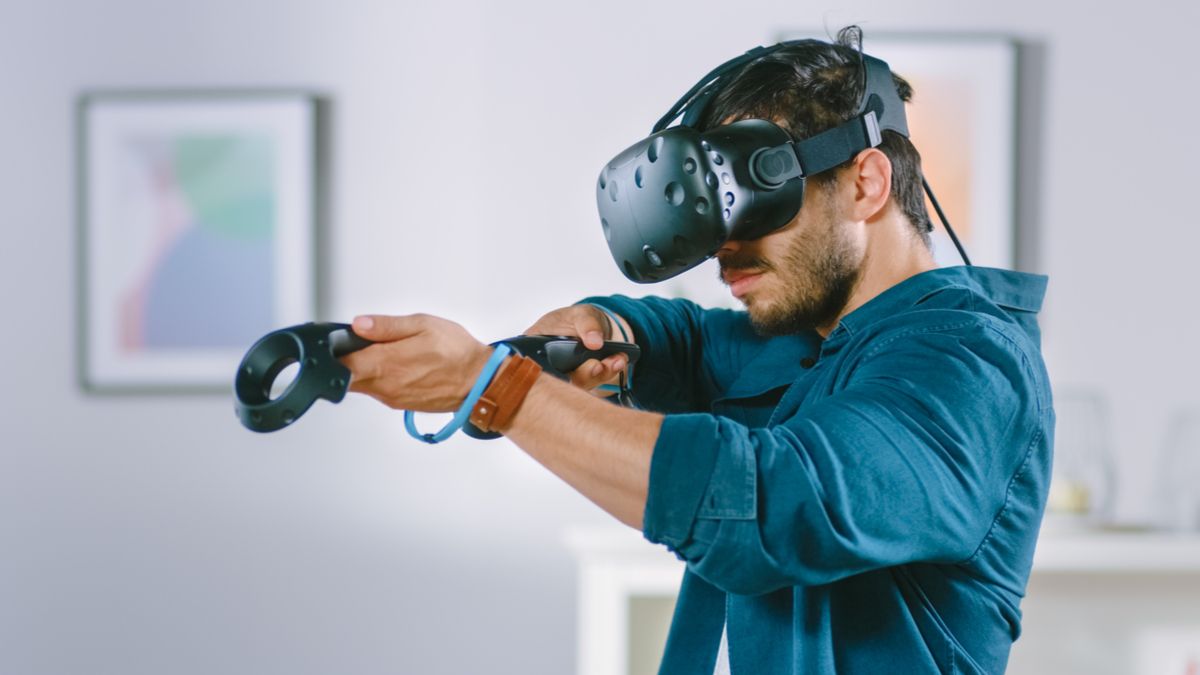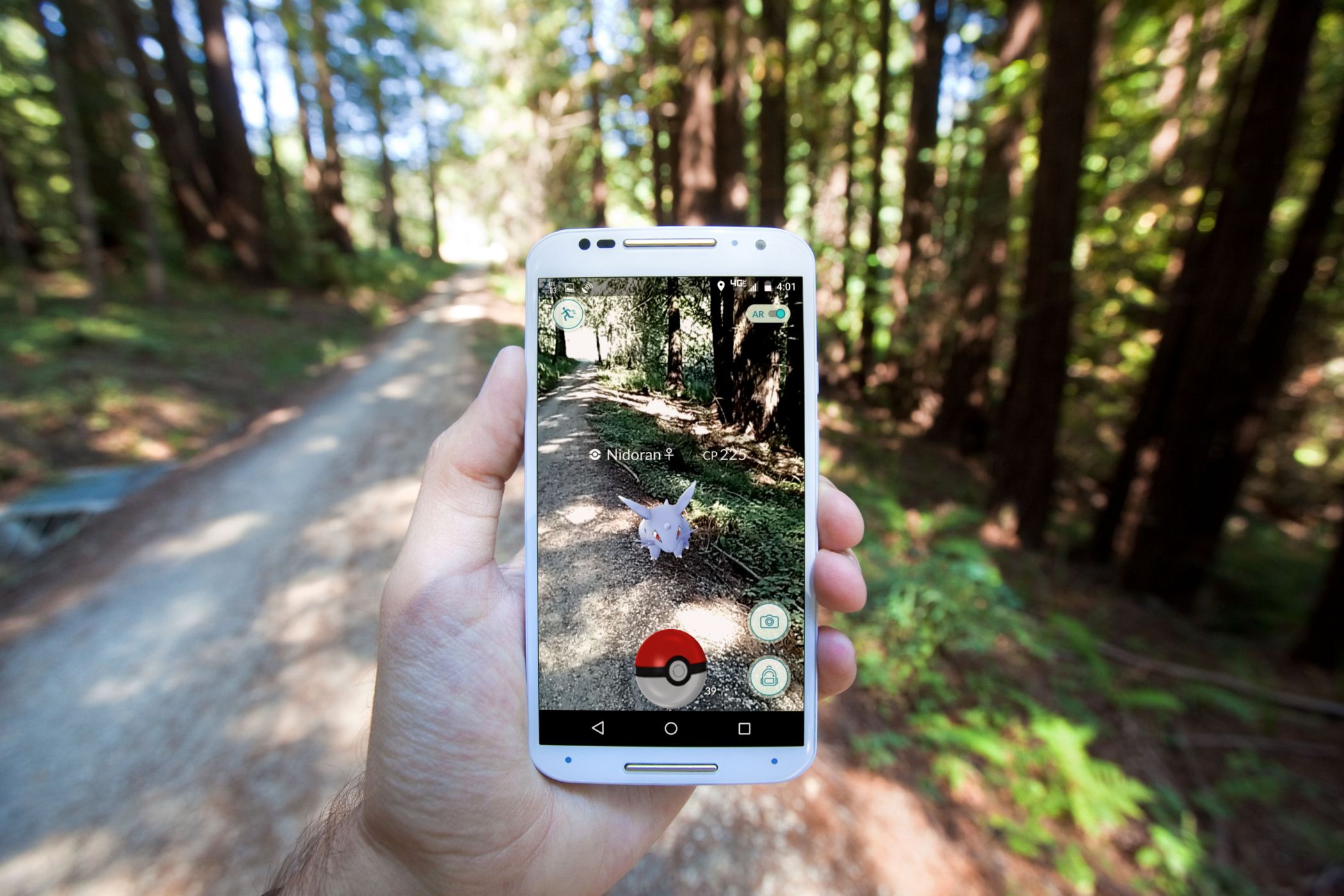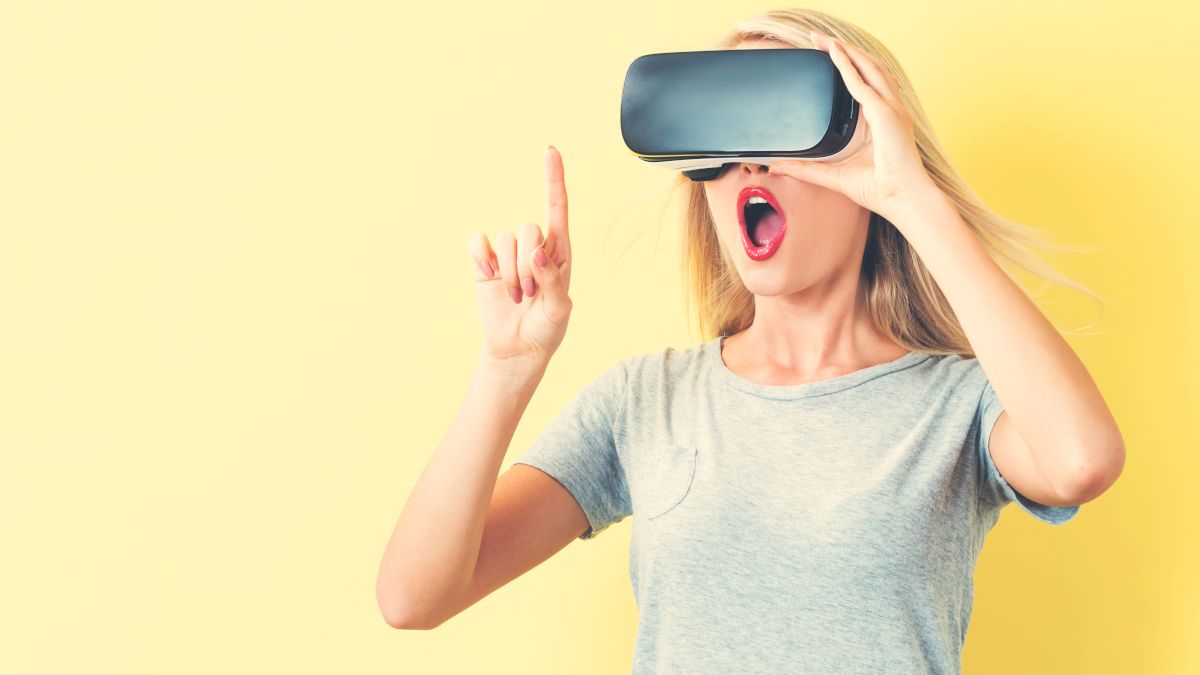
Decoding Virtual Versus Augmented Versus Mixed Realities: An In-Depth Guide to Types of Digital Environments

Decoding Virtual Versus Augmented Versus Mixed Realities: An In-Depth Guide to Types of Digital Environments
Key Takeaways
- Virtual Reality (VR) creates immersive digital worlds using a headset. It’s used in gaming, training, and therapy.
- Augmented Reality (AR) adds digital elements to the real world, viewed through a smartphone. It’s used in apps like Pokémon GO and Snapchat filters.
- Mixed Reality (MR) combines AR and VR, allowing physical and virtual elements to interact. It’s used in gaming, employee training, and education.
It’s easy to confuse virtual, augmented, and mixed reality, as the three technologies overlap in many ways. But these digital realities are not one and the same, and each has its own set of uses. So, how do virtual, augmented, and mixed reality work, and where can you experience them today?
VR vs. AR. vs. MR: A Quick Comparison
Before we delve into the details of VR, AR, and MR, it’s important to understand the basics.
| | Virtual Reality (VR) | Augmented Reality (AR) | Mixed Reality (MR) | |
| ————————— | ——————————————————————————————————————————- | ——————————————————————————————————————————————————————————————————————————- | —————————————————————————————————– |
| Purpose | Creates entirely virtual worlds that users immerse themselves in commonly via a headset. | Adds digital layers on top of real-world footage. | Combines VR and AR to create a world of virtual and real elements present simultaneously. |
| Applications | Video games, tourism, employee training, architecture, therapy, educational videos. | Video games, e-commerce, education, marketing, interior design, product design. | Video games, military training, product design, interior design. |
| Popular Examples | Hardware: Meta Quest 2, 3, and Pro, PlayStation VR and VR2, Valve Index. Software: BeatSaber, Half-Life: Alex, No Man’s Sky VR. | Hardware: Apple Vision Pro headset and most modern smartphones, tablets,and laptops. Software: Pokémon GO, IKEA Studio, Snap AR. | Hardware: HoloLens 2, Meta Quest 2, 3, and Pro. Software: PianoVision, VR Painting, First Encounters. |
Now we know the main points, let’s move on to how each of these technologies work.
What Is Virtual Reality (VR)?

Virtual reality, or VR, is the most well-known of the three digital realities we’re discussing here. VR involves the computer generation of entirely digital 3D worlds, with no real-world elements. These worlds are constructed in a 360-degree layout, so you can turn your head and still be immersed in the same digital environment. In other words, VR is like a digital simulation.
Virtual reality can consist of one layer that cannot be interacted with, but this isn’t always the case. A VR world can also incorporate multiple layers, such as a background, buildings, objects, and characters. In many cases, items within a VR environment can be interacted with. For instance, there may be an object you can pick up, or a character you can talk to.
To use virtual reality software, you need an VR headset to suspend you in the digital environment. Examples of these headsets include the Meta Quest 2 and Meta Quest Pro.
A VR headset can come in one of two forms. Some can be connected to a PC, while others are wireless, standalone products. PC-connected VR headsets can be used to play VR computer games on various platforms, wherein the player uses handheld controllers to interact with their chosen game. Notably, the Meta Quest series of headsets can be used both for standalone and PC-connected VR.
However, PC-connected headsets can be very pricey, so they aren’t accessible to everyone. The cheaper alternative here is a smartphone headset, which allows you to insert a smartphone into a slot in front of your eyes, giving you the ability to view a virtual world, but with more basic head tracking and less fidelity.
What Is Augmented Reality (AR)?

Matthew Corley/Shutterstock.com
Unlike virtual reality, augmented reality (AR) involves superimposing virtual elements onto real-world footage. In other words, digital elements are inserted into your view of the world.
As you can see in the photo above, a person is viewing the physical world through their phone’s camera lens, which allows virtual characters and objects to be seen on the phone screen on top of the camera background. The virtual elements can sometimes be interacted with, though they can also be view-only depending on the software being used.
No headsets are needed to use AR software, which makes the technology a lot more accessible. Any modern smartphone can support AR software, so if you’re looking to try it out and have your own smartphone, you’re good to go.
Pokémon GO is a prime example of AR in action. This smartphone app involves searching for Pokémon using the device’s camera. Each Pokémon has its own location that can be seen on a map, but catching the Pokémon requires the user to interact with it on their smartphone screen. Snapchat also offers AR camera filters for gaming, entertainment, shopping, and more. Some of Snapchat’s AR items can be interacted with, while some are just for viewing.
It’s important to note that, in an AR setting, the virtual elements are entirely separate to the physical ones, meaning the two cannot interact with one another. The interaction is left to the user, not the real-world environment itself.
What Is Mixed Reality (MR)?

As the name suggests, mixed reality (MR) combines both AR and VR.
It’s easy to confuse AR with MR, as the two involve real-world and virtual elements. But the two are not one and the same. Unlike AR, MR allows real-world and virtual elements to interact with each other, rather than just allowing the user alone to interact with the virtual elements.
So, what does this look like?
Say, for example, you’re playing a mixed reality tabletop game using a headset. In this game, the cards are entirely virtual, but they can be placed on a physical table in front of you. You can also pick the cards up from this surface. In such a scenario, the physical table recognizes the virtual cards, meaning real-world and digital elements are interacting. So, in any environment in which physical and virtual objects are acknowledging or interacting with each other, that’s mixed reality.
Where You Can Experience VR, AR, and MR?
One of the most popular examples of VR is the metaverse . This is a collection of virtual digital worlds that a person can access via a VR headset. In metaverse environments, you can interact with other users’ avatars, play games, buy virtual property, and more. Meta (formerly Facebook) is a major metaverse developer, though there are many other examples out there, such as Epic Games, Decentraland, Roblox, and Unity.
But VR also has its uses outside the entertainment industry. While VR-based education isn’t widespread yet, it has been showcased numerous times, in both schools and colleges. For instance, a school in the UK became the topic of news in early 2023 due to its use of VR in the classroom.
In this case, VR was used to teach students about history, marine life, and art, all by immersing them in specific environments to aid their learning.
VR may also prove useful in healthcare, in medical training, patient rehabilitation, student education, and more. However, these applications are not yet widespread, and it may be some years before they become commonplace.
AR has gained a lot of popularity, mainly because no dedicated hardware is required to use it. As previously mentioned, Snapchat, a major social media platform, uses AR frequently. Snapchat’s AR implementation includes comical and transformative effects and filters that allow users to try on fashion products before buying them. These try-before-you-buy filters also work with makeup products.
There are also many AR games out there today. While Pokémon GO is a popular example, there are many other great options out there, such as Jurassic World Alive, Angry Birds AR, and Harry Potter: Wizards Online.
Additionally, AR can prove beneficial in the design process of consumer products. By placing a digital prototype in a real-world setting, designers can understand how the dimensions and appearance of a product work. For instance, CAD design engineers can use AR programs to visualize their designs in a realistic environment. In an On Shape post , it was stated that…
Using parametric CAD with AR helps engineers and designers develop products more efficiently and accurately. The real-time use of CAD information allows users to see how the design would function in the real world with the use of AR solutions.
Being able to virtually test a product in a real-world environment without creating multiple prototypes can save companies a lot of money and time.
Mixed reality games are a prime example of MR in action. Meta, for example, offers a range of MR games for its Meta Quest 2 and Pro headset users, such as Blaston, PianoVision, Demeo Battles, and Zombie Noir.
On top of gaming, mixed reality also has applications in employee training, education, and healthcare. For instance, BAE Systems, a security, aerospace, and naval contractor, managed to improve its battery production rate by 30 to 40 percent using mixed reality (according to PTC ). So, there’s an obvious use for MR in production efficiency, which may be hugely beneficial for businesses.
MR has also been used by Case Western Reserve University in Ohio when teaching students about anatomy. In this case, the Microsoft HoloLens 2 was used by students to visualize a virtual human skeleton and its inner anatomy in their own classroom, allowing them to get an in-depth look at an un-dissected cardiac system. Like VR, MR certainly has an application in schools and colleges, or in alternative learning environments like museums.
Like VR and AR, there are numerous potential applications for MR, though some may take longer than others to gain traction and popularity.
Digital Realities Are Becoming the Norm
While digital realities have been around for years, the further development of these technologies over the past decade has highlighted how useful they can be in our world. We may all soon be using VR, AR, or MR in our daily lives, be it for work, health, or entertainment purposes. All of these technologies are now often referred to under the umbrella term XR, which is short for Extended Reality .
Also read:
- [New] 2024 Approved Step Into Expertise Modifying Numbers on TikTok Profiles
- [New] Clear Images Made Easy PicArt Backdrop Takedown Technique for 2024
- [New] In 2024, Advanced Array Manipulations and Sorting Algorithms
- [Updated] Clear-Cut Strategies for Watermark-Free Photography
- [Updated] Soundscapes From Social Media Videos for 2024
- 2024 Approved In-Depth Analysis Complete Overhaul of Facetune App
- 2024 Approved Perfect Your Video's First Impression 20 Best Fonts
- Configuración De Pantalla Y Cámara Web Integrada Con Tecnología Intellibús WinxVideo
- Convert AVCHD Files to MP4 Format for Free in Windows 10: Top 5 Methods
- Easy Steps to Make Your iPod Video-Friendly: The Power of WinX iPod Video Converter (Mac Edition)
- Élevez Le Punch De Vos Enregistrements Vidéos Grâce À L'Intelligence Artificielle De Winxvideo
- Instant Transformation of Videos & Audios: Leverage Winxvideo AI's Superior GPU Performance
- IPhone Tutorial: Easily Insert Subtitles and Closed Captions Into Any Video Content
- Reduced Discrepancy in Conversion Ratios: Optimizing Handbrake's Output Size Accuracy
- Reviving Fragmented Digital Visuals
- Simple Steps for Transforming PAL Format DVDs Into Widely-Used Video Codes
- Urgent: Microsoft Faces Critical Challenge with Windows 11 - Just One Year Left! [ZDNet Exclusive]
- Title: Decoding Virtual Versus Augmented Versus Mixed Realities: An In-Depth Guide to Types of Digital Environments
- Author: Robert
- Created at : 2025-02-06 16:04:17
- Updated at : 2025-02-07 16:14:12
- Link: https://techtrends.techidaily.com/decoding-virtual-versus-augmented-versus-mixed-realities-an-in-depth-guide-to-types-of-digital-environments/
- License: This work is licensed under CC BY-NC-SA 4.0.